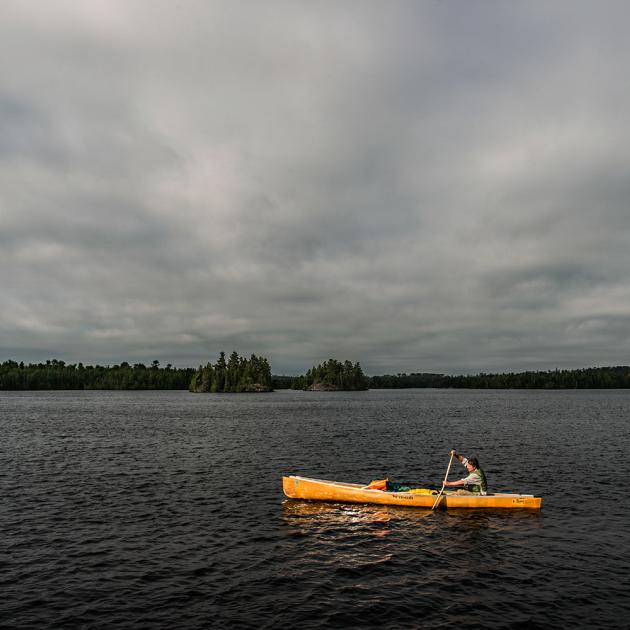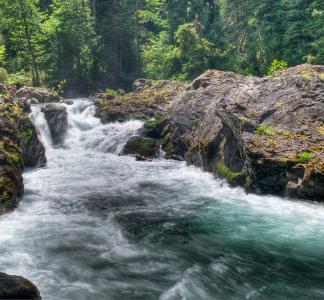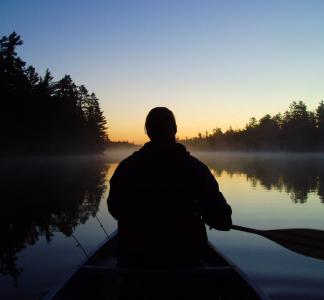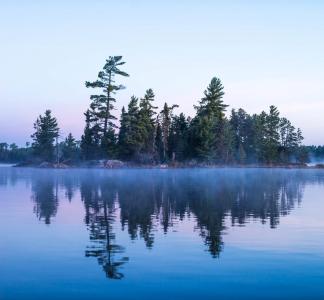5 reasons to protect the Boundary Waters once and for all
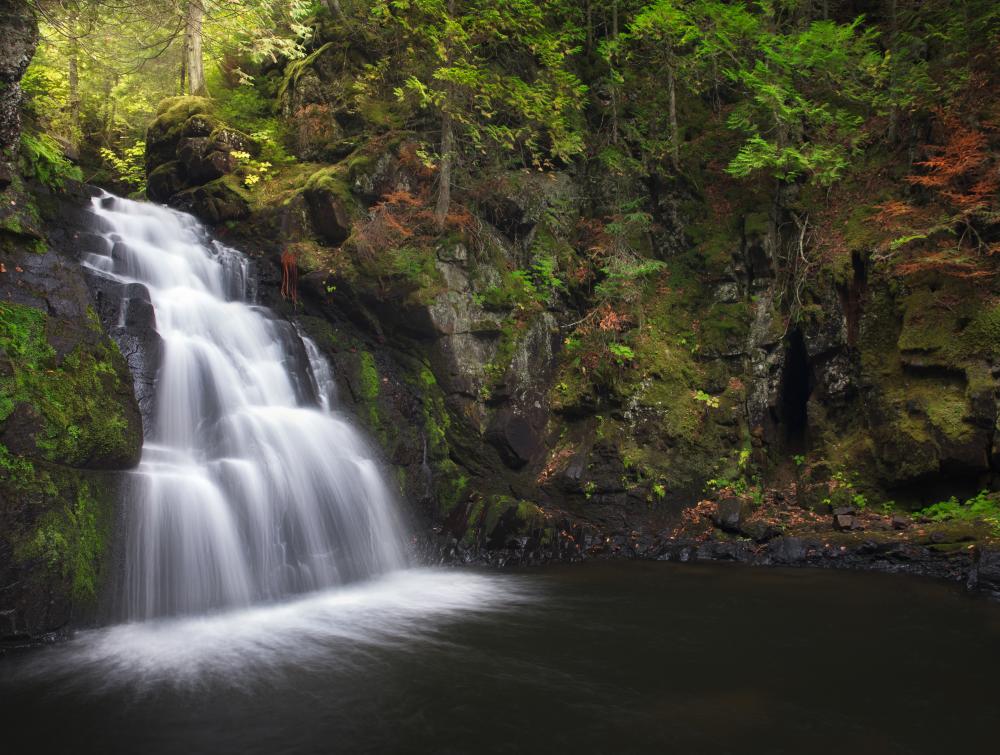
A sulfide-ore copper mine on the edge of the Boundary Waters would damage the Wilderness
Ernesto Ruiz
The Boundary Waters is under threat by toxic mining proposal
The Boundary Waters Canoe Area Wilderness in Minnesota is a little piece of paradise. The one million-acre site sits at the heart of the Superior National Forest in a pristine watershed that includes thousands of interconnected lakes and waterways. An abundance of wildlife roam free, outdoor enthusiasts find adventures of a lifetime and the Anishinaabe people (or Ojibwe/Chippewa) retain treaty rights to hunt, fish and gather.
Yet, plans to mine on the edge of the Wilderness have raised questions about the future of this land. The most looming threat is a sulfide-ore copper mine proposed by the Chilean mining giant, Antofagasta. If developed, the “Twin Metals” mine would generate a mountain of toxic waste that would flow directly into the Boundary Waters—causing irreversible damage to this irreplaceable land.
Here are five reasons to stop this project and permanently protect the Boundary Waters from toxic mining:
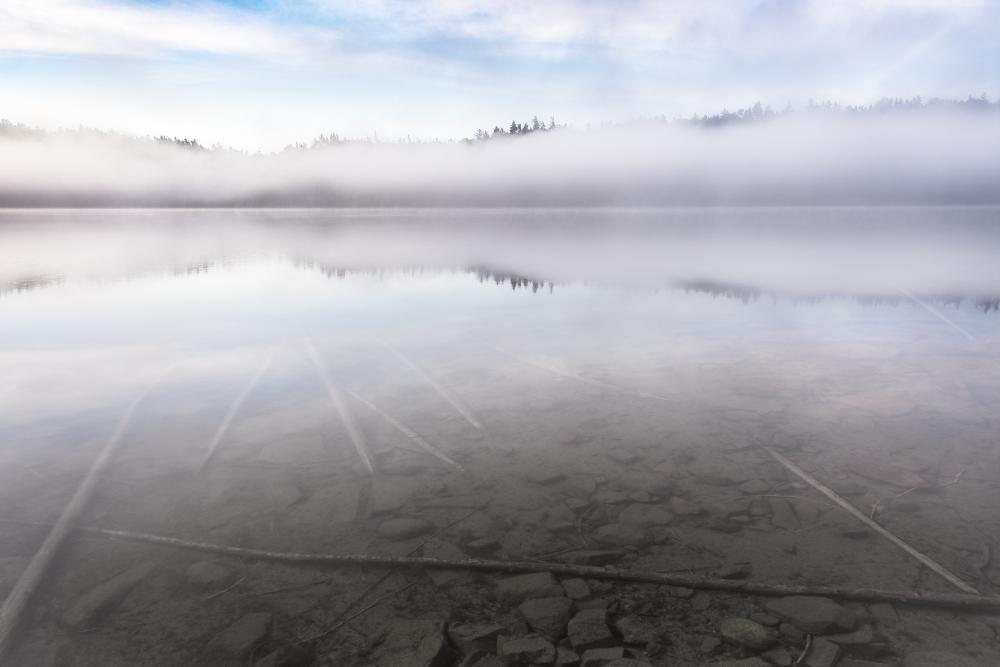
The Boundary Waters includes thousands of interconnected lakes and waterways.
Ernesto Ruiz
1. The Boundary Waters is the most visited Wilderness area in the country
More than 160,000 outdoor enthusiasts make the trek to the Boundary Waters yearly to experience its stunning nature, ranking as the most popular Wilderness area in the nation. There’s plenty to see and do. Visitors can paddle 1,200 miles of canoe routes, hike over 200 miles of trails, camp on stunning lakeside campsites and fish some of the best freshwaters in North America. Needless to say, if this ecosystem was polluted it would not make for a good visitation spot for tourists and the local community that has a deep connection to the land.
2. The Wilderness generates thousands of local jobs
During their stay, visitors book lodging, eat at local restaurants and hire tour guides and canoe outfitters. As a result, tourism in the Boundary Waters region generates a $77 million outdoor recreation economy and supports over 17,000 local jobs. Pollution coming from a sulfide-ore copper mine would directly compromise existing employment opportunities, including local shops, restaurants, bed and breakfasts, outfitters and guides.
What’s more, higher levels of mining in the region are bad for the local economy. The mining industry is known for its boom-and-bust nature that leads to unstable employment. An independent 2018 study by Harvard economist Jim Stock concluded that protecting the Boundary Waters from the Twin Metals mine would result in dramatically more local jobs and income over a 20-year period.
3. These are the ancestral homelands of the Anishinaabe people (or Ojibwe/Chippewa)
To the East of the Boundary Waters, lies the Grand Portage Indian Reservation, home to the Grand Portage Band of Chippewa. To the West, is located the Bois Forte Reservation, belonging to the Bois Forte Band of Chippewa. To the Southeast, is the Fond du Lac Band of Lake Superior Chippewa. These groups are part of the Minnesota Chippewa Tribe (MCT) that retain treaty rights to hunt, fish, and gather in the Boundary Waters, and they are concerned with the future of this landscape.
In a 2019 letter presented to Congress, Chairwoman of the MCT Cathy Chavers voiced apprehension over sulfide-ore copper mining on the edge of Wilderness that has been used by the Chippewa for centuries. Chavers said the resulting pollution could contaminate the fish that the community depends on with toxic mercury. “[It is] of great concern to our members who depend on wild caught fish for their sustenance,” she said.
4. This wildland is home to over 250 wildlife species
The Boundary Waters is hardly the right place for a sulfide-ore copper mine. The land is home to over 250 wildlife species, including the Canada lynx, northern long-eared bat, snowy owl and the sturgeon fish. Toxic waste can spread across groundwater, wetlands and rivers, and deliver a devastating blow to local wildlife and endangering the watershed. The watershed is especially vulnerable to pollution because it's uniquely interconnected and pure — you can dip a cup right into the water and have a drink. Mining operations would also threaten animals by increasing road traffic, disrupting travel corridors and increasing light, noise and air pollution.
5. The Boundary Waters helps to tackle the climate crisis
As the climate crisis worsens, it’s becoming even more important to protect large and interconnected wildlands like the Boundary Waters. They provide a safe haven for species and communities struggling to adapt to increasing and more severe heat waves, droughts, flash floods and wildfires. The Boundary Waters’s boreal forest has yet another role to play by helping to absorb carbon dioxide, the main greenhouse gas trapping heat into our planet. A mine on the outskirts of the Boundary Waters could pollute the ecosystem for hundreds, even thousands of years—compromising the Wilderness’ capacity to curb the climate crisis.
We can turn this around
We’re taking steps in the right direction to protect the Boundary Waters. The Bureau of Land Management recently agreed to revisit its decision to renew 13 mining exploration permits in the Wilderness. But we need long-term legislation to protect this special land for generations to come.
Minnesota Rep. Betty McCollum has reintroduced legislation to permanently protect the Boundary Waters from sulfide-ore copper and other types of mining in more than 200,000 federal acres of its headwaters. Let’s join forces and urge our members of Congress from all over the country to voice support for this bill and save this irreplaceable landscape.
